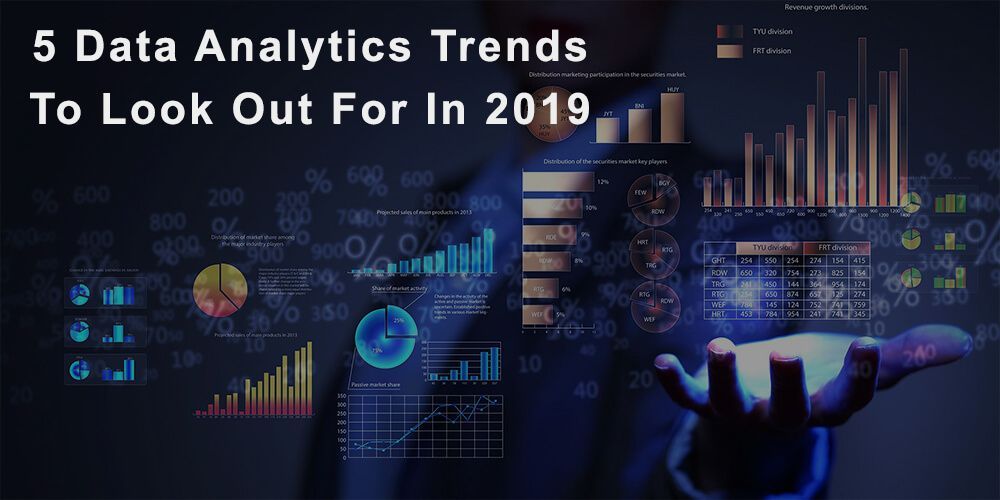With spending on Big Data and associated technologies due to exceed $57 billion this year, there’s no doubt data, and what we do with it, is going to be a huge part of the business going forward. But if you’re looking into 2019, what can you expect the analytics trends to be? Read on for our predictions.
Analytics Trends for 2019
In no particular order, here are some data analytics trends we expect to shape the industry in 2019.
1. Self-service Business Intelligence
As managers get to grips with data analytics technologies, they’re going to want more flexibility in the reports they’re able to generate. That’s where products like Tableu and Qlik Sense come in.
Once the IT guys have organized the set-up, managers will be able to use their data in any way they need. This could be from their desk or using a mobile device to get up-to-the-minute reports, on the move.
2. R Language
Expect to see more using the R programming language to create scripts which can be run and re-run to bring up-to-date information to your fingertips. The R language was created by the R Foundation.
R is a free to download environment for statistical computing and it offers a lot of flexibility in terms of how data can be presented. R will be at the cutting edge of data analysis trends.
3. Deep Learning
Machine learning is coming into its own, and Deep Neural Networks are being used more effectively. These Deep Learning tools contain more layers of learning than other tools, which helps them recognize more characteristics.
There’s a variety of DNN tools available, including the Microsoft Cognitive Toolkit. With a greater capacity to make sense of Big Data, DNN’s are going to be used for many projects in 2019.
4. Slowing down the Internet of Things
The IoT has seen amazing growth, from the first devices through to today, when smart speakers and thermostats are commonplace. There’s no doubt these devices have been a huge part of the acceptance of Big Data in our lives and homes, and they’ve influenced app development, too.
But they haven’t been without their problems. Many of the manufacturers neglected to properly consider security, and faith in these devices has suffered as a result. Unless those issues are addressed, we’d expect analytic trends to see less input from the IoT.
5. The End of Batch Analysis
Back in the 70s when data was first analyzed on a grand scale, it took a lot of processing power. So much so, that the analysis took place overnight, in what was known as batch analysis.
It still happens this way for some firms, but that’s more habit than anything. With the increase in available computing power, there’s no reason to wait to get data processed and in use.
The Future is Big
Big Data is going to continue to dominate analytics trends in 2019. There’s still so much to learn, and new uses to be found for information which will inform changes for years to come. But these are the trends in data analytics we think are most likely to impact next year.
If you’d like to learn more about how analytics can help your business, get in touch today.






